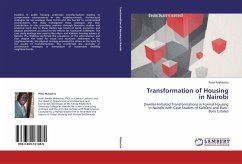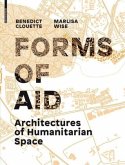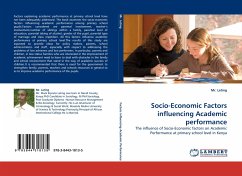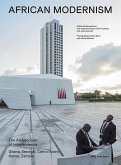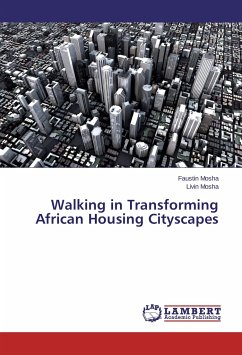Dwellers in public housing undertake transformations leading to compromised environments in city neighbourhoods. Architectural strategies do not envisage these trends and this has led to compromised environments. The study investigated these strategies and their contribution to the prevailing scenario through literature studies and empirical work. Key to these studies was tenets of social, economic, and physical attainment as central to the efforts for functional fulfillment. The case study strategy was used in Buru-Buru and Kaloleni housing estates of Nairobi. The findings confirmed the prevalence of the phenomenon and that despite the need for social and economic attainment in the neighbourhoods, the physical strategy surpassed the others as the basis for the quality of transformations. This re-affirmed the centrality of architectural strategies in formulation of sustainable dwelling neighbourhoods.
Hinweis: Dieser Artikel kann nur an eine deutsche Lieferadresse ausgeliefert werden.
Hinweis: Dieser Artikel kann nur an eine deutsche Lieferadresse ausgeliefert werden.

